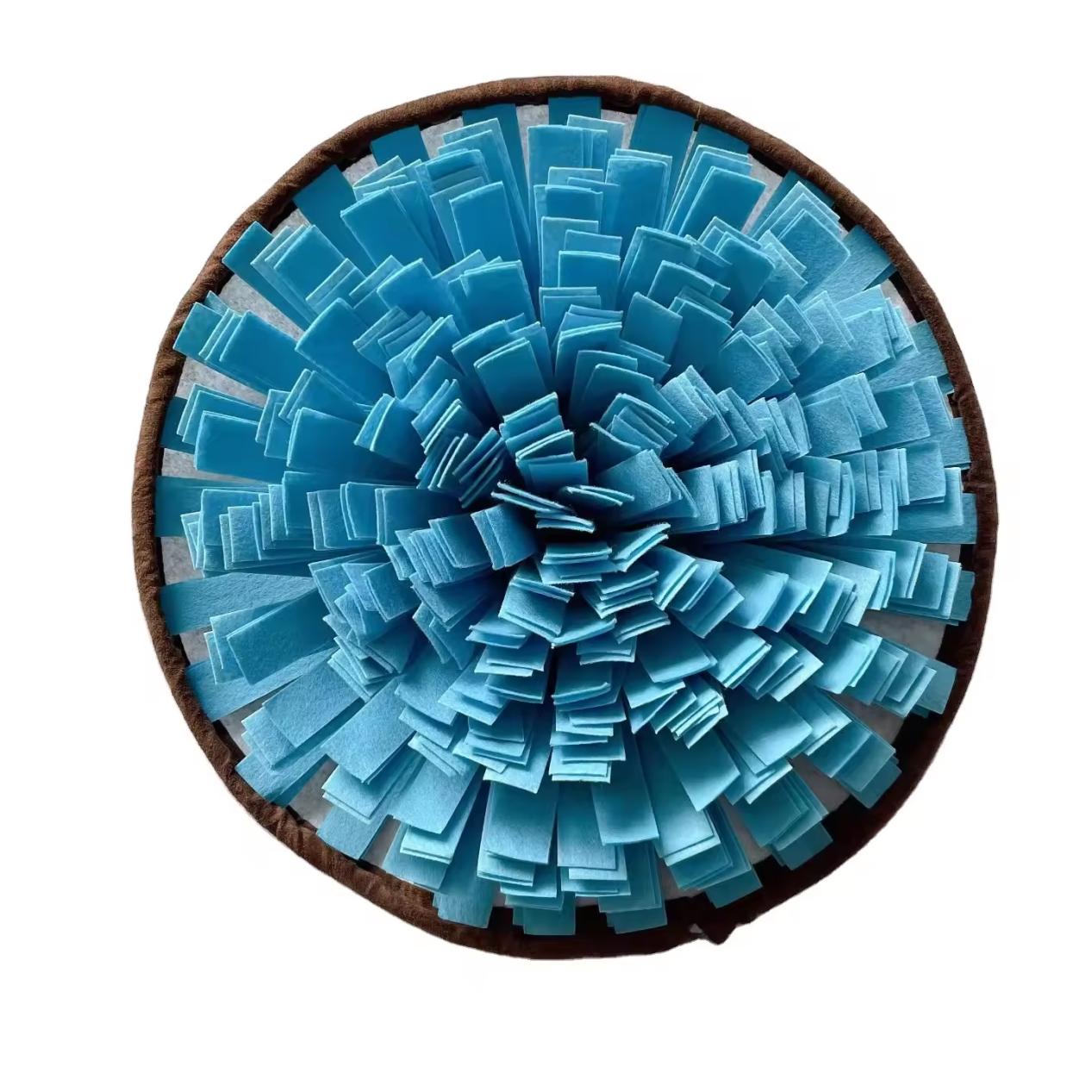The Importance of Acoustic Panels for Voice Recording
In the world of audio production, whether it's for music, podcasts, or voiceovers, achieving the highest quality sound is paramount. One of the most effective tools for achieving this is the use of acoustic panels. These panels play a crucial role in controlling sound reflections, reducing ambient noise, and ensuring a clean recording environment. This article delves into the importance of acoustic panels specifically for voice recording, examining their benefits, types, and implementation.
Understanding Acoustic Panels
Acoustic panels are specially designed materials that help absorb sound waves in a room. Unlike soundproofing, which aims to block sound from entering or leaving a space, acoustic panels are focused on improving the sound quality within that space. They are typically made from foam, fabric-wrapped fiberglass, or other porous materials that effectively trap sound waves and convert them into heat energy.
Why Acoustic Panels Matter in Voice Recording
1. Sound Reflection Control In an untreated room, sound waves bounce off hard surfaces such as walls, floors, and ceilings. This reflection can create echoes and reverberation, making recordings sound muddy or unclear. Acoustic panels help mitigate these issues by absorbing excess sound, leading to a clearer and more focused vocal performance.
2. Reduction of Ambient Noise Background noise can be a significant problem during recording sessions. Whether it’s traffic noise, air conditioning hum, or the sound of footsteps, these distractions can ruin a perfectly good take. Acoustic panels can help reduce the intrusion of ambient noise, allowing for cleaner recordings and reducing the need for retakes.
3. Enhanced Vocal Clarity Clear and precise vocal sound is essential in voice recording. With the help of acoustic panels, the clarity of vocal performances can be significantly improved. This enhancement is particularly beneficial for genres that rely heavily on vocal tracks, such as audiobooks, podcasts, and music with intricate lyricism.
4. Professional Environment Using acoustic panels helps create a professional atmosphere conducive to recording. When artists and voice actors feel they are in a well-designed space, it can enhance their performance, allowing for better results.
Types of Acoustic Panels
Acoustic panels vary in design, material, and effectiveness. Here are some common types used in voice recording environments
acoustic panels for voice recording

- Foam Panels Often the most affordable and easy to install, foam panels come in various shapes and configurations
. They are effective for absorbing mid to high frequencies and are commonly used in home studios.- Fabric-Wrapped Panels These panels are constructed with a core of sound-absorbing material wrapped in a fabric covering. They can be customized in terms of size, thickness, and color, making them both functional and aesthetically pleasing.
- Bass Traps These specialized panels are designed to absorb lower frequencies, which can be problematic in small rooms. Proper placement of bass traps can greatly enhance the overall sound quality in a voice recording space.
Implementing Acoustic Panels in Your Space
When considering acoustic panels for voice recording, placement is essential. Here are some tips for effective implementation
1. Identify Reflection Points Use the mirror trick to find where sound reflects in your room. Sit in your recording position and have someone move a mirror along the walls; where you can see the sound source (like a microphone), that’s where you should place panels.
2. Don’t Forget the Ceiling and Floor Sound can bounce off the ceiling and floor as well. Consider adding ceiling clouds or thick rugs to reduce reflection.
3. Balance Absorption and Reflection While it's important to absorb excess sound, too many panels can lead to a dead sound. Strive for a balance where some sound remains to retain the live feel of the recording.
4. Investment and Quality Not all acoustic panels are created equal. Investing in higher-quality panels can lead to more effective sound absorption and, ultimately, better recordings.
Conclusion
In summary, acoustic panels are an invaluable asset for anyone serious about voice recording. They improve sound quality by controlling reflections, reducing ambient noise, and enhancing vocal clarity. By understanding the benefits and selecting the right type of panels, recording artists can create an optimal environment that foster creativity and professionalism. Whether for a home studio or a professional recording space, acoustic panels are essential in achieving that sought-after, polished sound.
